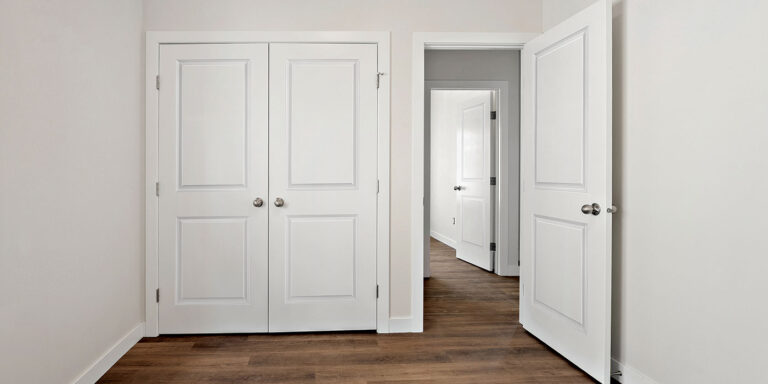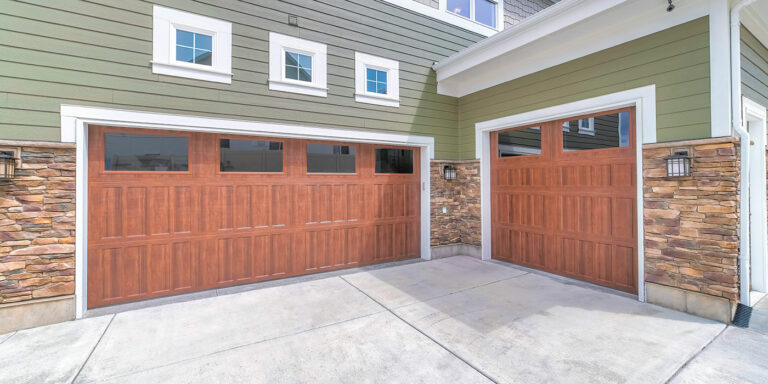Whether you’re building or renovating, having a well-insulated home is a worthwhile investment. Here are eight alternatives to fibreglass insulation that can improve the energy efficiency and comfort level of your home.
1. Rigid foam
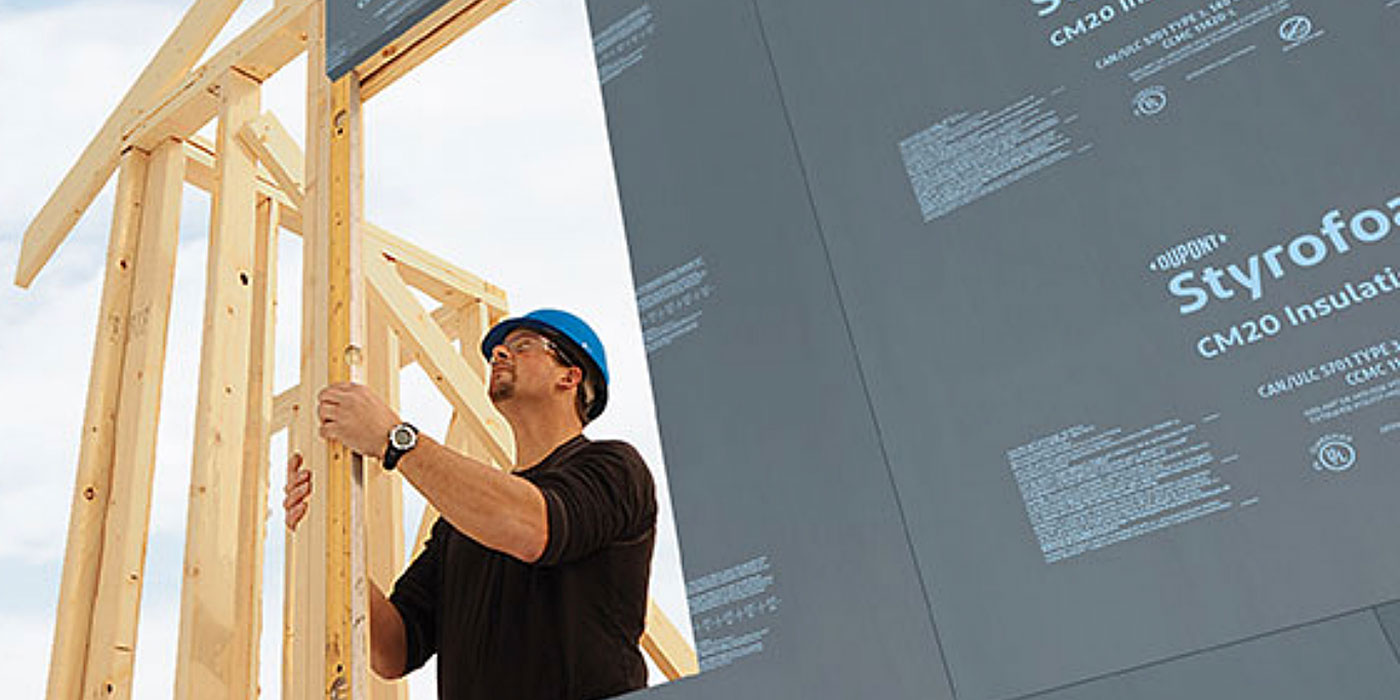
These are extruded polystyrene rigid foam panels, some with shiplap edges that fit tightly together. Used on walls and ceilings and available in assorted panel sizes. Provides a continuous layer of high R-value insulation with good moisture resistance. Easy to cut and install. Also has good noise reduction properties.
2. Spray foam
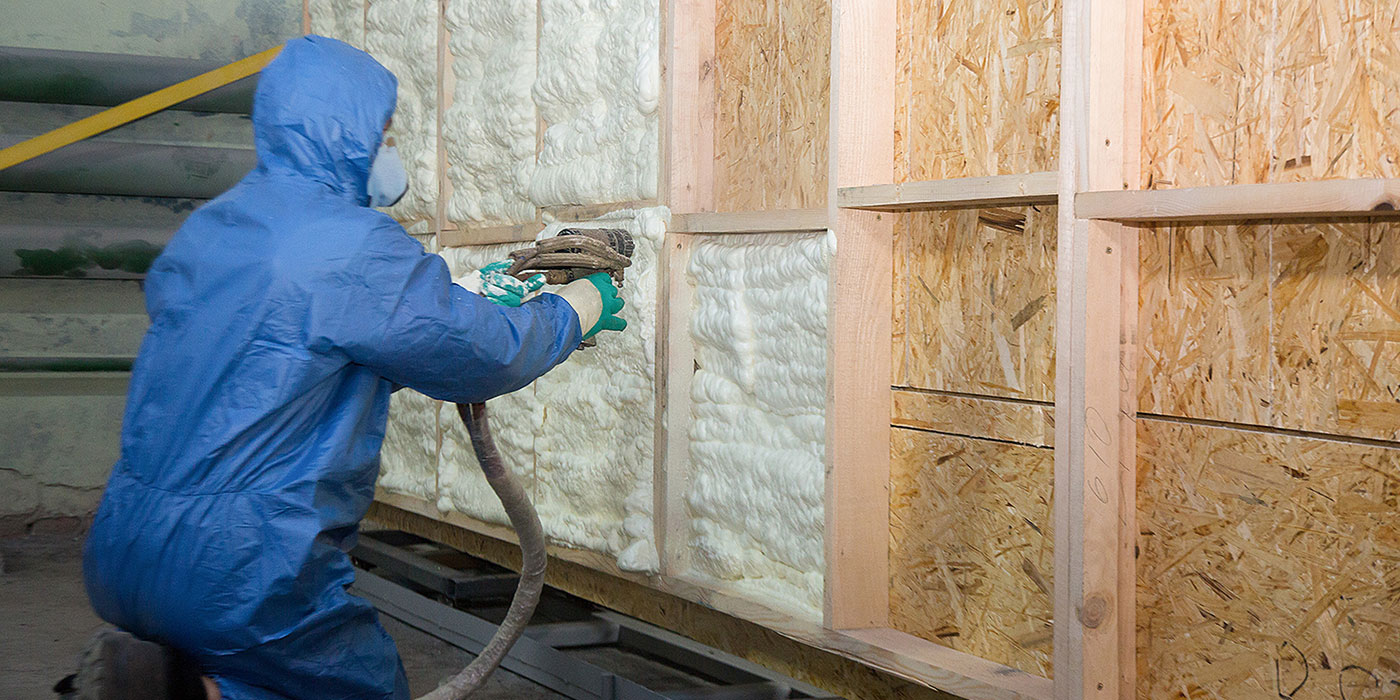
A very effective insulation when installed properly. It combines 2 chemicals on site to create an expanding foam which is sprayed between framing. It requires special handling, careful application and essential safety precautions. Not recommended as a DIY project. Best left to the professionals to install.
3. Blown-in
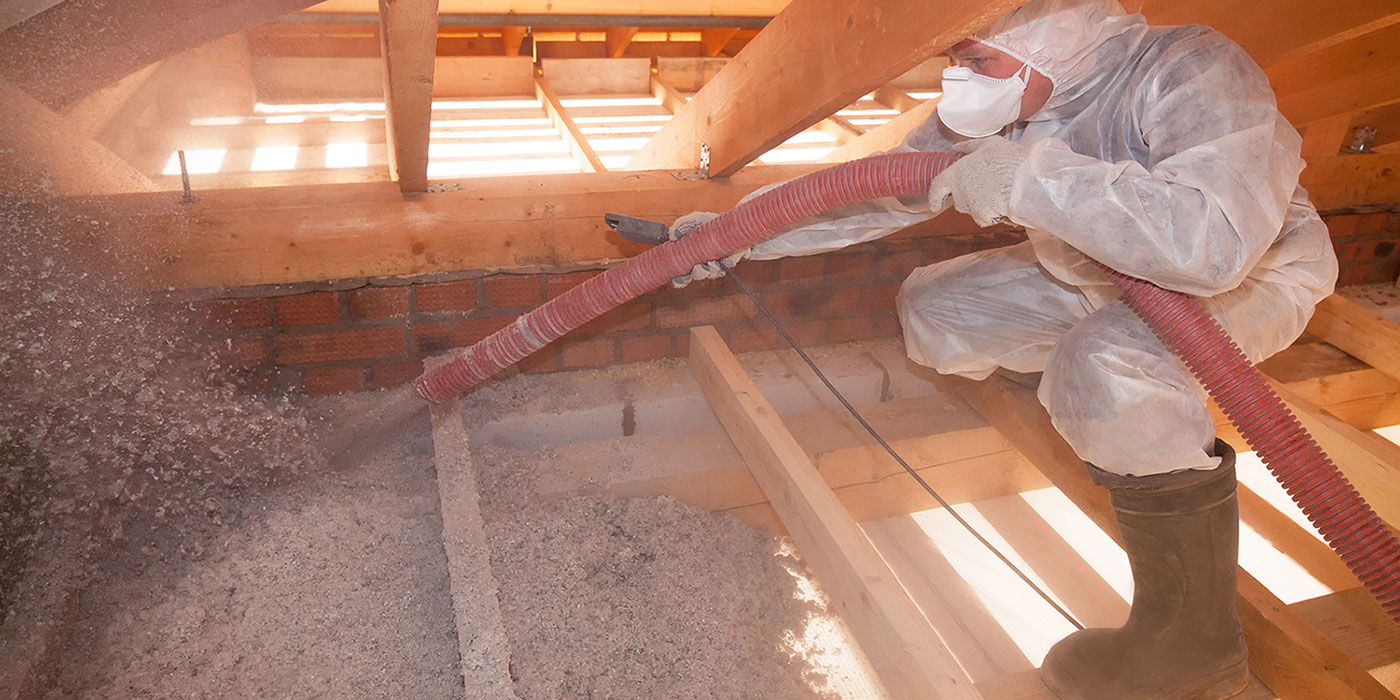
Also called loose fill insulation, this is a great solution for insulating attics, tight spaces or topping up an existing layer of insulation. Installation is not difficult but it is dusty, sweaty work for two people and you’ll need to rent a blower machine. See in-store for availability.
4. Insulated vinyl siding
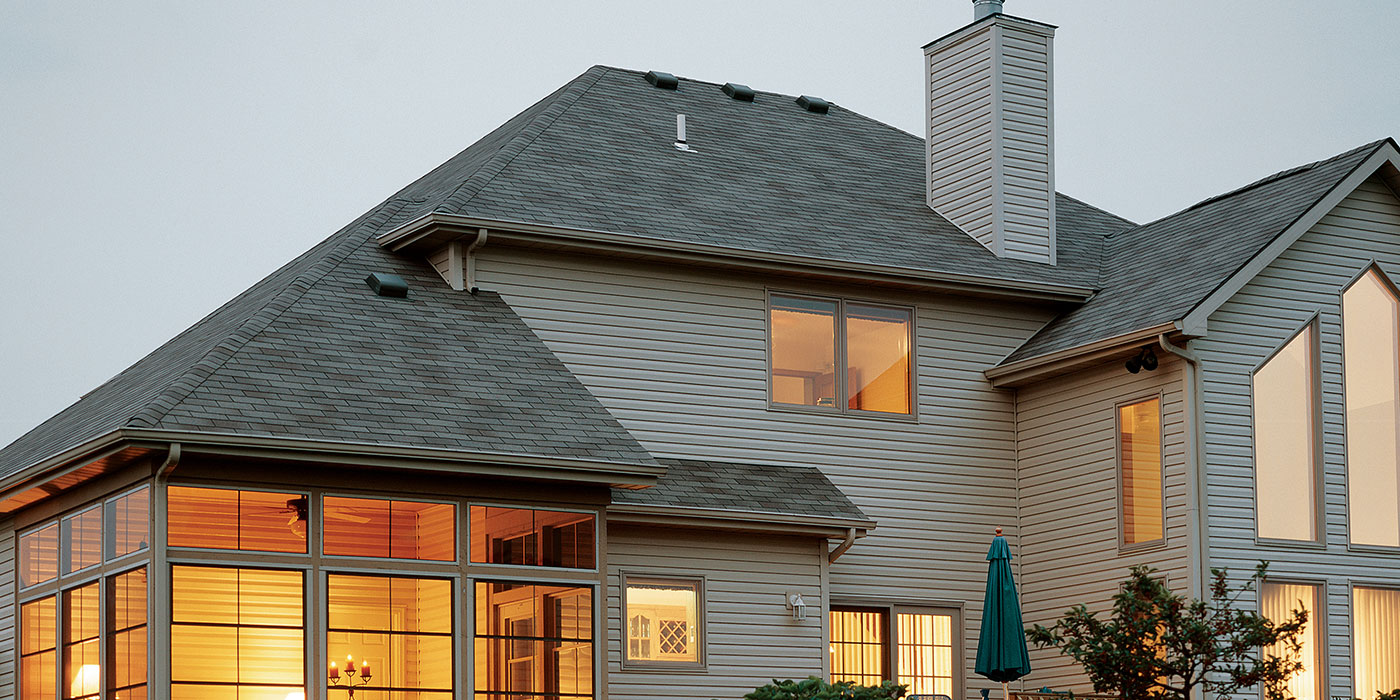
This type of vinyl siding has a layer of rigid foam insulation attached to the back of the siding panels. This added insulation layer increases the R-value of your home and reduces outside noise. It also makes siding panels more rigid to resist warping and impact damage which allows for a longer lifespan.
5. Weather stripping

Use to seal around doors and windows. Installs around the outside perimeter and attaches to either the door/window or to the framing. There are many types and each is designed for a specific purpose. Use more than one type to seal an irregularly shaped space.
6. Window & door film
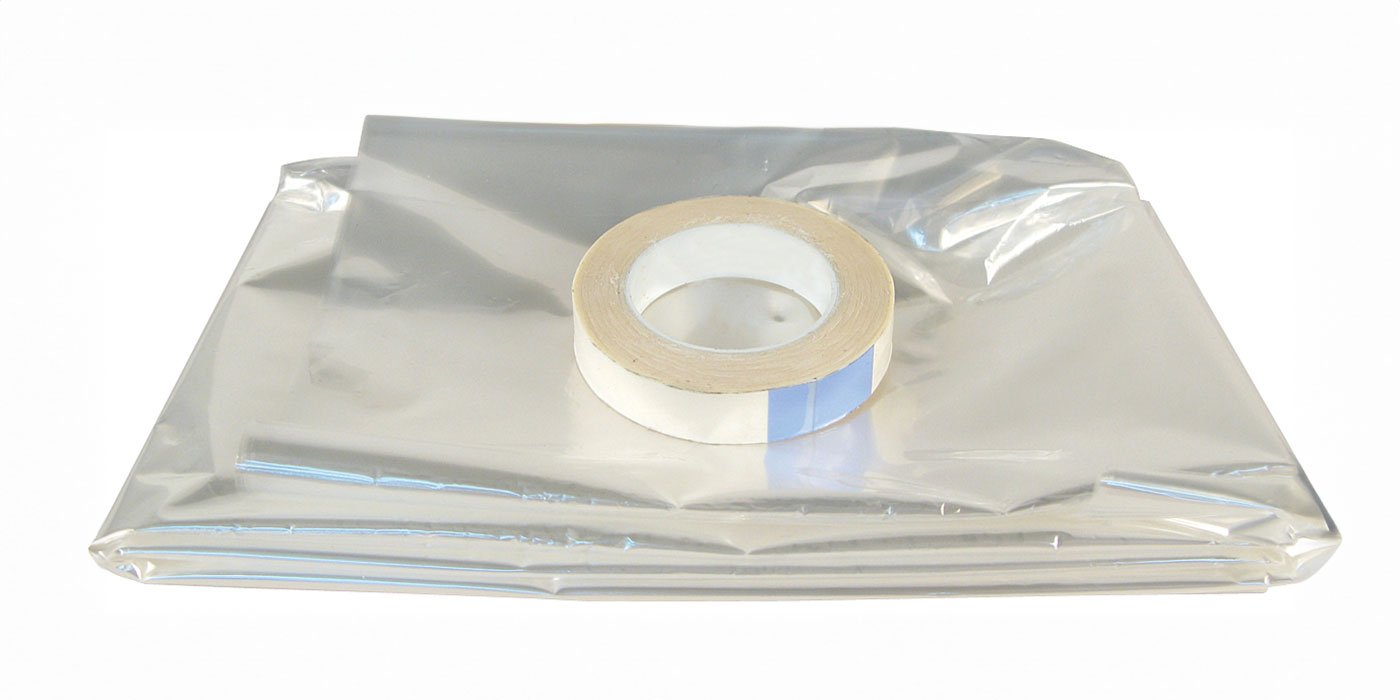
An easy to use and inexpensive solution for sealing air leaks around windows and unused patio doors. Kits available in assorted sizes. Apply double-sided tape around the perimeter of window or door, attach film to the tape, then use a hair dryer to shrink the film for an air-tight seal.
7. Foam sealant
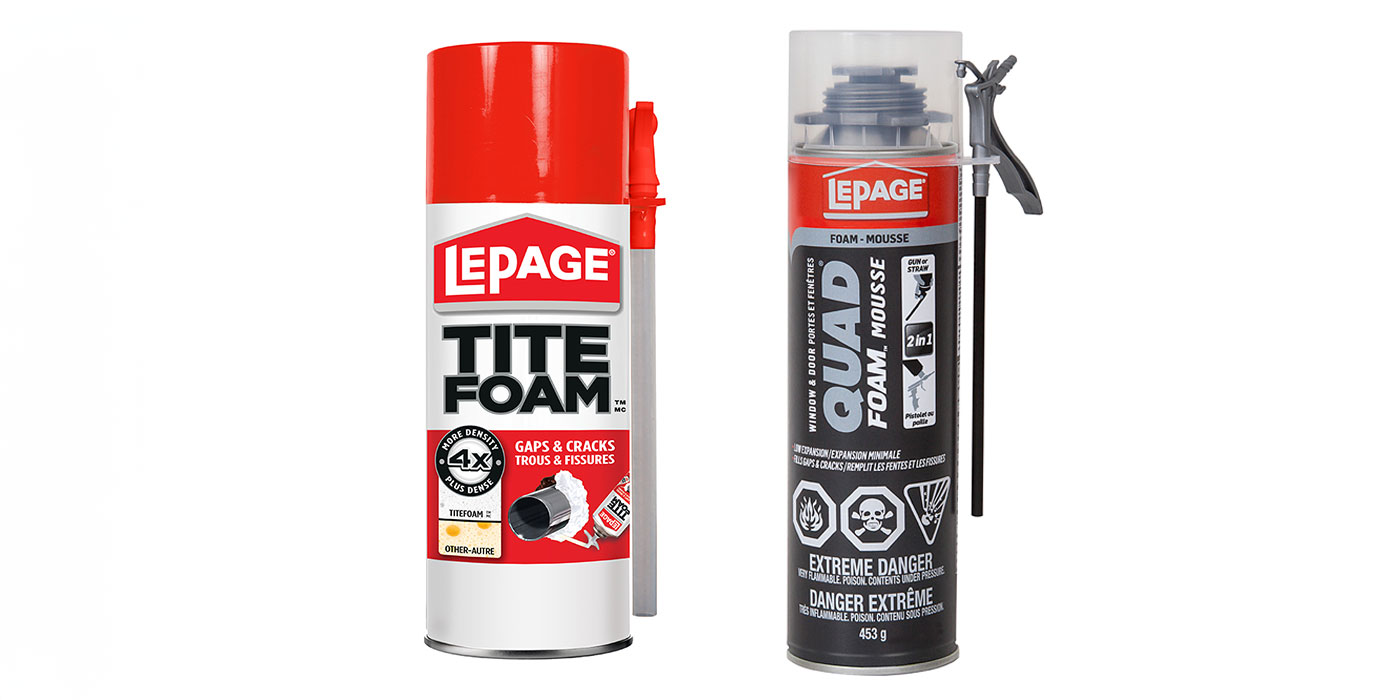
Polyurethane-based. Use to fill gaps and cracks indoors and outdoors. Expands to fill the shape of the gaps to create a long-lasting, airtight and water-resistant seal. Easy to use straw applicator. Bonds to wood, metal, stone, brick and PVC. High resistance to the elements without becoming brittle.
8. Garage door
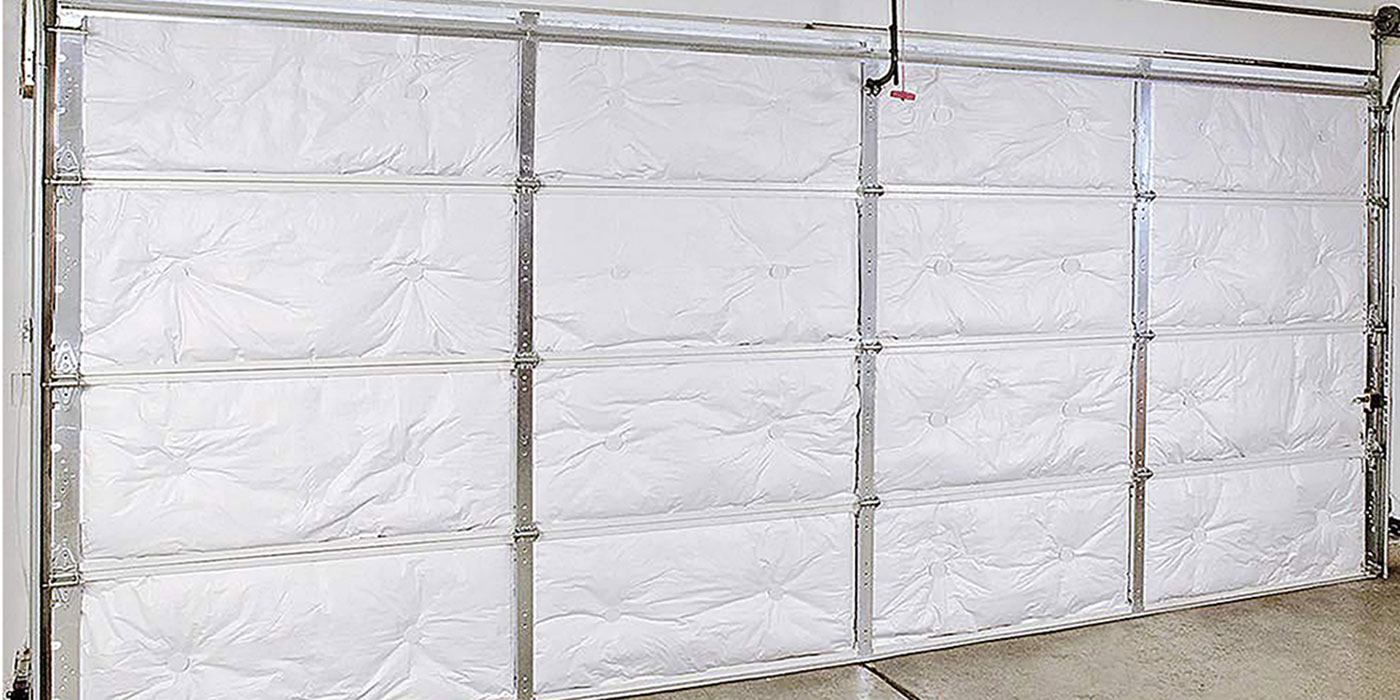
Some garage doors are available with an insulation option or you can buy insulation kits for standard metal garage doors. You can also cut pieces of rigid foam insulation to fit each panel section. Cover gaps around the garage door with weatherstripping designed specifically for garage doors.

